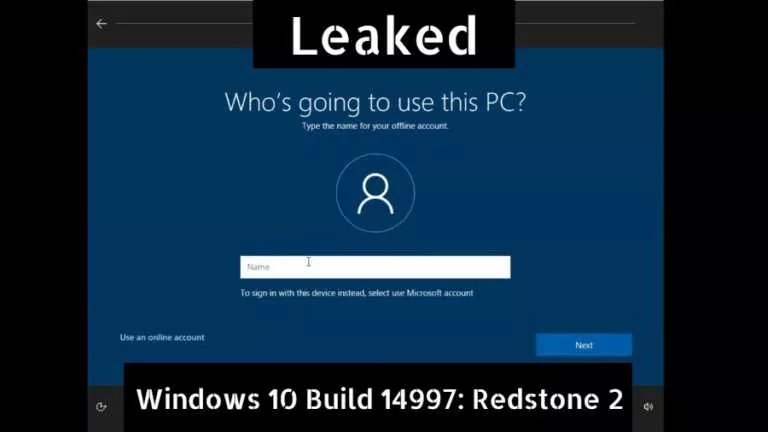Student Breaks NASA’s Fuel Efficiency Record, Makes a “Special” Ion Space Drive

 Short Bytes: Paddy Neumann, a PhD student at the University of Sydney, has broken NASA’s current record for fuel efficiency. He’ll be presenting the research at the 15th Australian Space Research Conference late this month.
Short Bytes: Paddy Neumann, a PhD student at the University of Sydney, has broken NASA’s current record for fuel efficiency. He’ll be presenting the research at the 15th Australian Space Research Conference late this month.
Ion space drives are the systems that throw particles backward, providing great forward thrust to a spacecraft. According to Australian newspaper Honi Soit, Paddy Neumann , a PhD student at the University of Sydney, has touched the mark of 14,690 (+/-2,000), breaking NASA’s record.
Neumann has applied for a patent and his results will be presented on 30 September at the 15th Australian Space Research Conference. The claim made by him is pretty amazing, but we’ll have to wait for his research paper that will provide support to his claims.
This new kind of ion space drive uses a new type of fuel. NASA’s HiPEP system uses Xenon gas, whose ions were emitted at high speed and it pushed the aircraft forward. The thrust received was directly proportional to the amount of propellant the aircraft carries.
Also read: Humans on Mars: NASA Starts Year-long Isolation to Simulate Mars Trip
On the other hand, Neumann’s ion space drive uses a variety of metals. These metals produce ions when they are struck by an electric arc. According to the reports, he has achieved his record-breaking result with Magnesium.
“As it runs on metals commonly found in space junk, it could potentially be fuelled by recycling exhausted satellites, repurposing them into fresh fuel,” the newspaper writes.
Neumann has developed this ion drive with Professors David McKenzie and Marcela Bilek. This team is will present the research at the 15th Australian Space Research Conference late this month.
Did this news about the new fuel efficiency record of new Ion Space Drive excite you? Tell us in the comments below.
[adinserter block=”12″][adinserter block=”13″]






